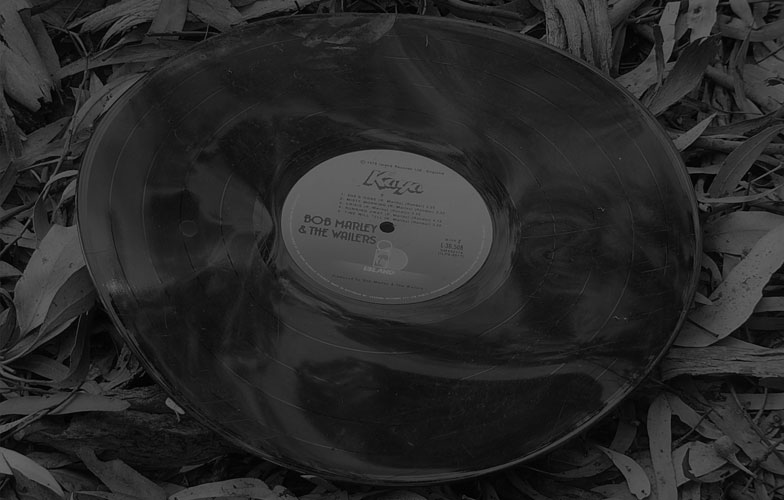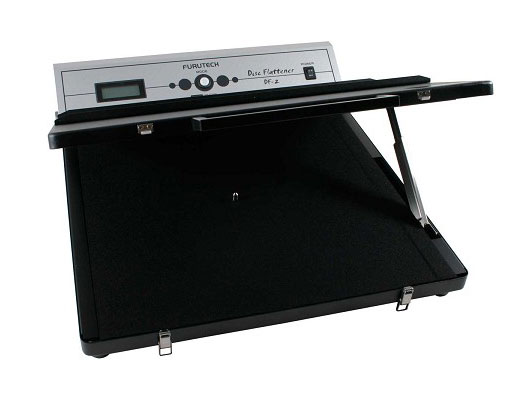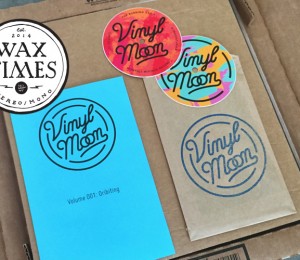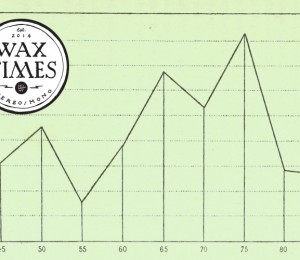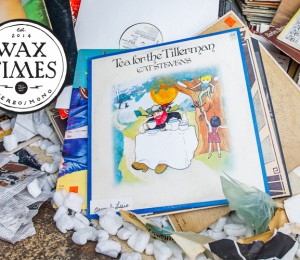Flat discs on a level platter are crucial for sound reproduction. Several aspects of a turntables setup are governed by an angle or specific measurement to enable stylus tracking and minimize record wear all based on the notion that the media is a perfectly horizontal plane. Dialing in the measurements to different levels of precision can make significant impacts on fidelity but those hours spent meticulously aligning your cartridge and adjusting your vertical tracking angle (VTA) are only as good as the disc being played. Flat discs sound good, warped discs sound warped but some can be improved with a little help from a vinyl flattener.
First off, never rely on a vinyl flattener and remember that buying a warped record is not something I ever recommend. Condition is everything in this game and a vinyl flattener is not a guarantee of any sorts. Depending on the type of warp, severity and location, the disc may just be ruined. Grade records while you shop but remember to check for warps in addition to the other condition aspects like scuffs and scratches and factor that into how much you’re willing to pay. It’s not always worth it even when it’s rare especially when you want it to sound pristine.
The Vinyl Flat
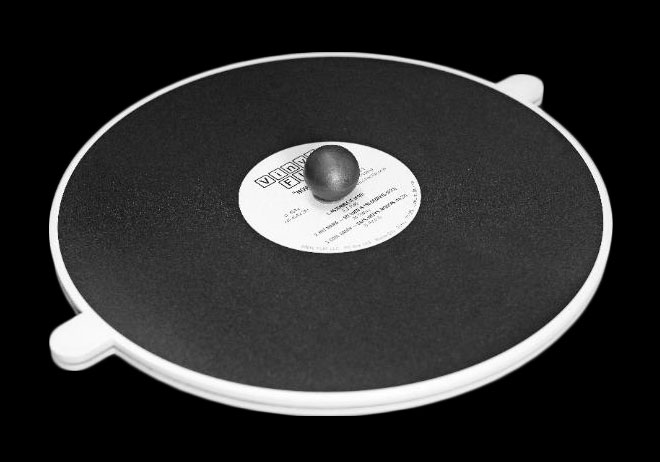
A patent-pending device that has two main parts: a clamp like device that sandwiches the disc between two round platters and the optional pouch that heats the device to a temperature conducive for flattening. The neat thing about the Vinyl Flat is the pouch is optional and the device can be used in a conventional oven and it’s pretty convenient to just cook your records instead of your dinner. Because of the proprietary design, the device makes
direct contact with the playing surface instead of being encumbered by a lead-in. Overall, this product is simple to use but may require more than one round of heating and cooling to flatten records with more than just a subtle warp. The times recommended by the manufacture vary from under an hour to slightly more than one but you have to factor in cooling times as well. Furthermore, verifying the weight of the disc will determine how long it must be heated so you’ll need some type of kitchen scale equipped to measure to at least 200 grams.
Patience matters most and the Vinyl Flat may not be fast, but it is economical and with a little bit of trial and error you can get some great results.
Furutech DF-2
The briefcase-like deign of the DF-2 and earlier model DFV-1 sandwich discs between two heating elements in a similar fashion to the Vinyl Flat, just this machine is a lot sturdier and is an all-in-one design. The heating elements are built into the device and discs are placed between the two panels, clamped shut and at the push of a button the automatic process of heating begins. Settings allow adjustment for different types of record weights, increasing or decreasing the amount of heating and cooling time. A small LCD screen provides access to the machines various settings as well as displaying information indicating what stage of flattening the record is in. The DF-2 is more robust in both price and build and for many will be out of reach but some stores offer flattening services so you don’t have to rationalize the price of adding what may be an indispensable tool to your own home.
Overall, where the Vinyl Flat system is more of a manual task, the Furutech DF-2 is automated from start to finish. Aside from placing the disc into the device you set it and forget it.
DIY Style
There are some intrepid collectors out there who have developed their own methods of flattening records, most of which include a heating source (usually an oven), weights and panes of glass. None of the processes are tested or guaranteed by a manufacturer and they are slightly more subjective because of the reliance on a self-published process that may only work if you have the exact same setup. But just for fun, grab a couple of inexpensive records you wouldn’t mind melting into salad bowls and try a DIY setup.
A warped record will never be ideal but sometimes they are better left alone than subjecting them to a fix that may further damage the media. For rare discs, if they play through with a minimum of distortion, I’d suggest leaving the disc as is. Enjoy it until you find a better copy instead of trying to make it perfect.
Feature Image by Michael Coghlan
Shopping Strategies for Record Store Day Next Post:
Record Shows aren’t Just about Records

